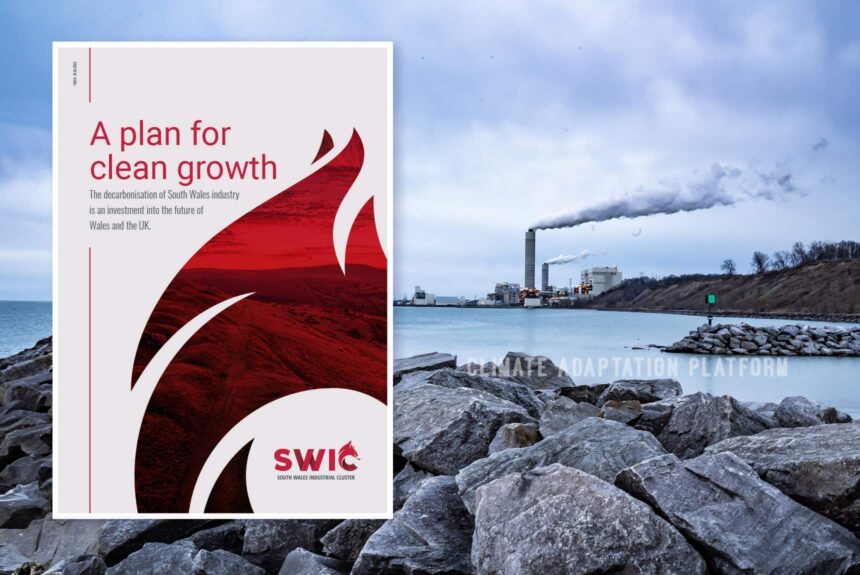South Wales is the UK’s second biggest emitter because of its heavy industry.
The region is a significant industrial base that includes steelwork plants, the country’s seven oil refineries, and one of only four nickel refineries in Europe. It also has steel recycling, cement, paper, glass, mineral, wool, and chemical, food manufacturing industries, and a large and diverse energy supply sector, including a combined cycle gas turbine, onshore wind sites, and LNG.
These industries wanted to decarbonise and meet their net zero goals. However, they realised that reaching this target was beyond the capabilities of individual sites. So in 2019, a group of around 30 companies agreed to form the South Wales Industrial Cluster (SWIC) to identify requirements to achieve net zero.
According to Bryony Livesey, Director of the Industrial Decarbonisation Challenge, “The South Wales Industrial Cluster (SWIC) plan has brought together 31 different partners to deliver a vision of how industrial decarbonisation can be achieved within the region. The project has acted as a catalyst for building relationships across the industry, academia and local authorities. This wide base of support has enabled the identification of a credible route to decarbonisation and a clear understanding of the required actions and policy to get there.”
Livesey says the SWIC plan is among the six projects receiving funding from the UKRI’s Industrial Decarbonisation Challenge to deliver the region’s decarbonisation goals.
The other five clusters are the Scottish Cluster, Teesside Cluster, North West Cluster, Humber Cluster, and Black Country Cluster.
Livesey says the path in this report will allow Wales, the country’s second-largest industrial emitting cluster, to reduce its carbon emissions by 40% while securing 100 thousand jobs and delivering up to 40 billion pounds in investment.
The plan also aims to unlock decarbonisation for smaller businesses and homes.
The SWIC commissioned a report on how to reduce their carbon emissions in less than two decades significantly.
Chris Williams, head of industrial decarbonisation at Industry Wales, called the report a “step-by-step roadmap for the decarbonisation of south Wales industry and the infrastructure required to achieve net zero” (Jones, 2023).
The plan calls for greener infrastructure and more competitive energy prices, while a bid to create a freeport will be crucial to the plan’s success.
The BBC reports that RWE, which runs Pembroke Power Station and is one of the SWIC partners, has big plans for reaching net zero, including green and blue hydrogen projects, carbon capture and storage, and battery storage powered by proposed floating offshore wind farms off the Pembrokeshire coast.
Another company, Rockwool, which melts volcanic rock at over 1,000C (1832F) to make stone wool insulation for homes and buildings, is working with Swansea University to capture the carbon emitted in their energy-intensive plants. According to their managing director, Nick Wilson, the company, apart from carbon capture, will look at clean sources of energy like hydrogen, solar, and biogas for their plants and haulage fleets.
The report says, “The intention of the Cluster Plan was not only to set out a proposed pathway for
industrial decarbonisation, but to also set up the structures required to be able to take the plan forward past the end of the project.”
Read the SWIC explainer through the link we provided in the “Source” section below.
Source:
Jones, T. (2023, March 14). Climate change: Big polluters set out £30bn plan to cut emissions. BBC. Retrieved from https://www.bbc.com/news/uk-wales-64929468
A plan for clean growth. The decarbonisation of South Wales industry
is an investment into the future of Wales and the UK. (2023, March 1). South Wales Industrial Cluster. Retrieved from https://irp.cdn-website.com/929ba12e/files/uploaded/11920%20CR%20Plus%20SWIC%20Explainer%20Doc%20A4%2064pp%20v9.pdf



Leave a Reply